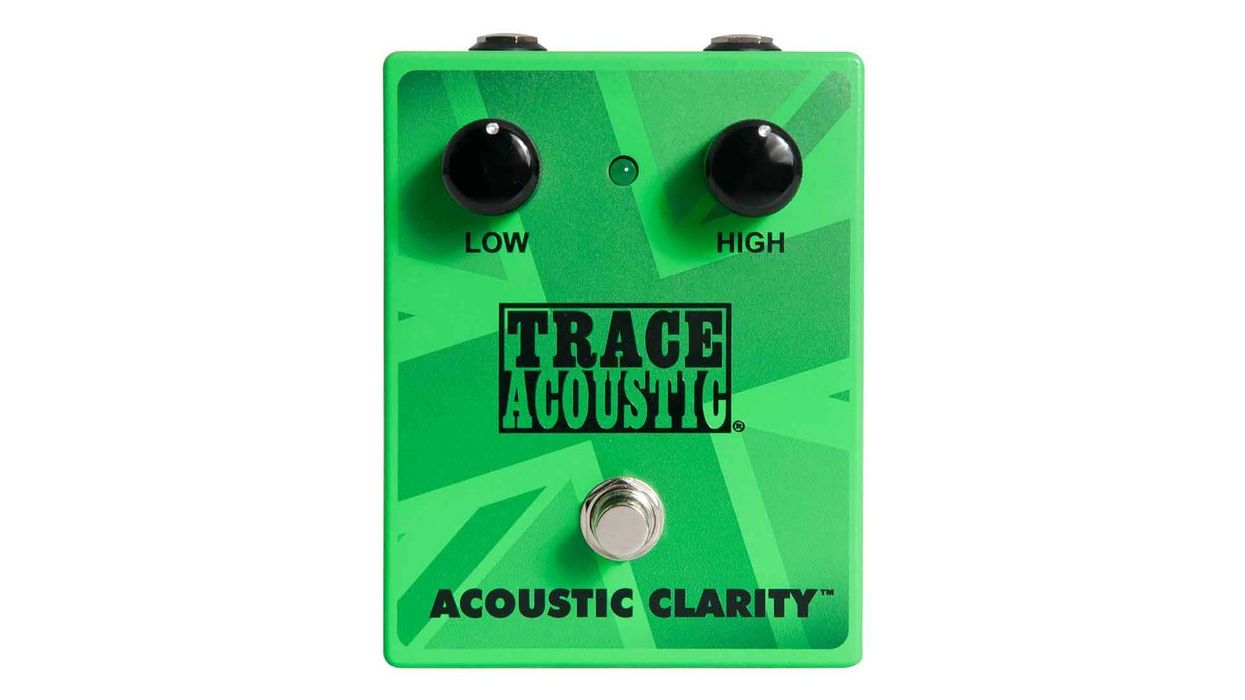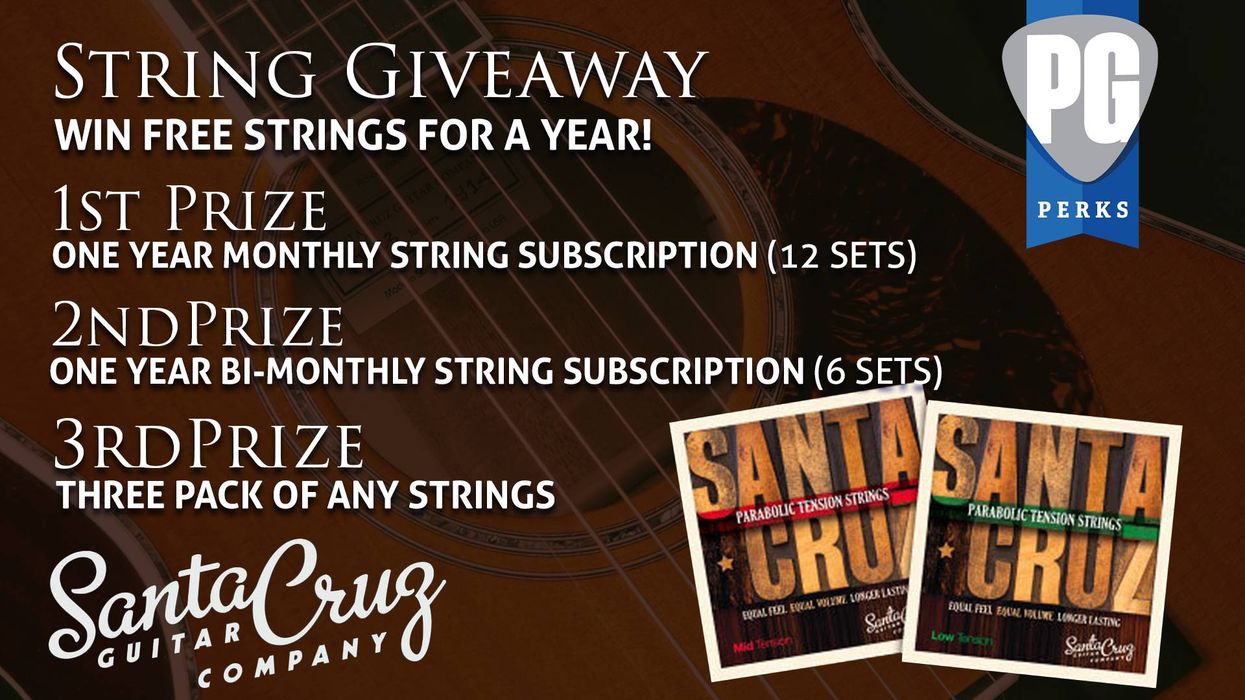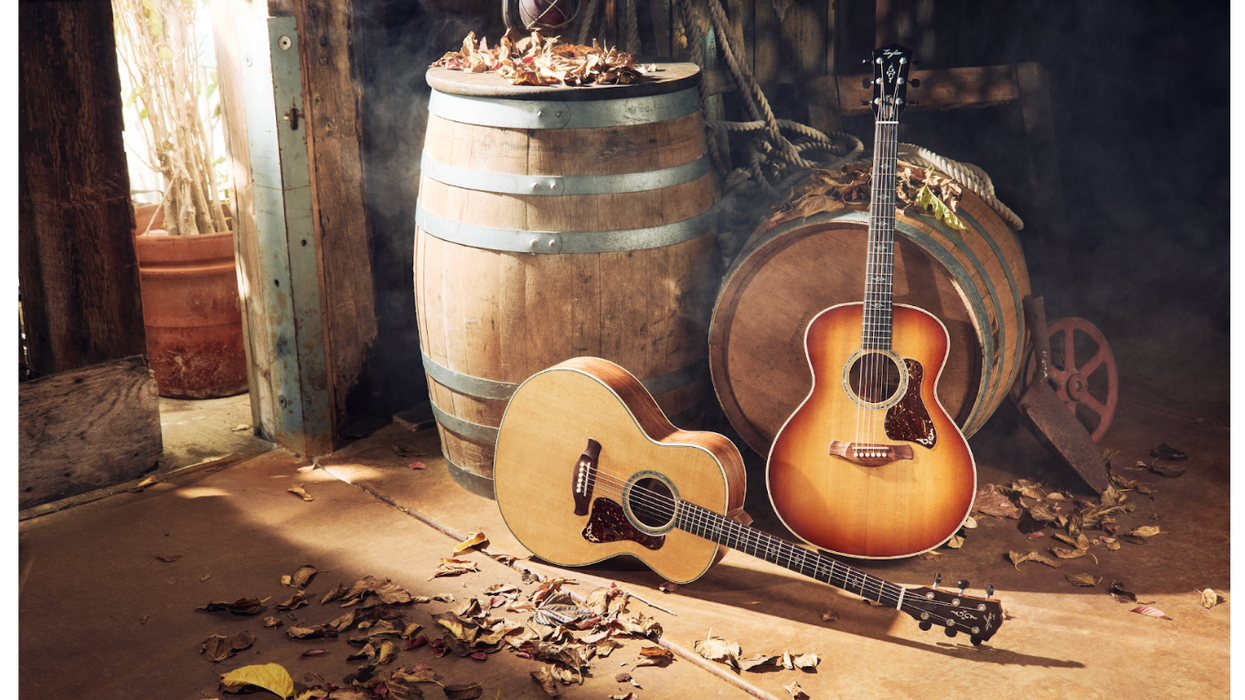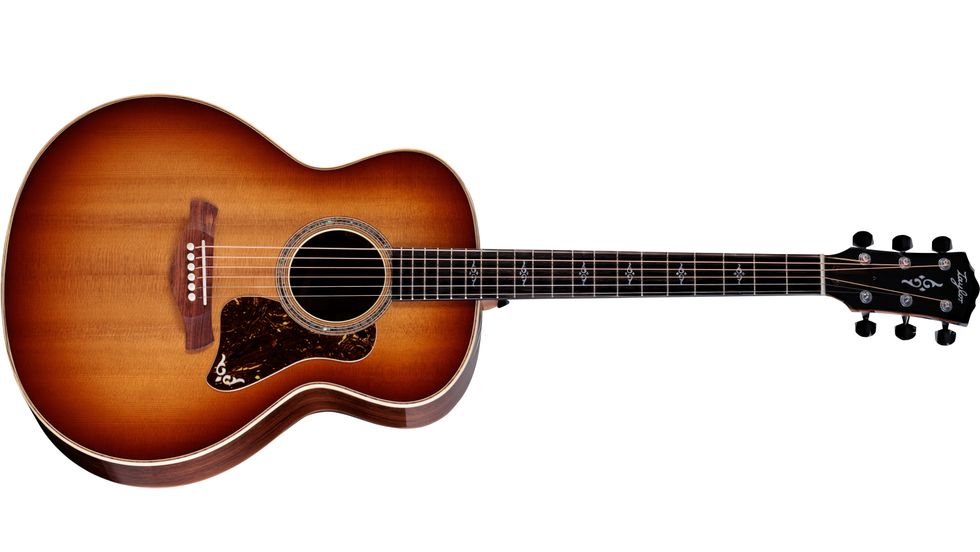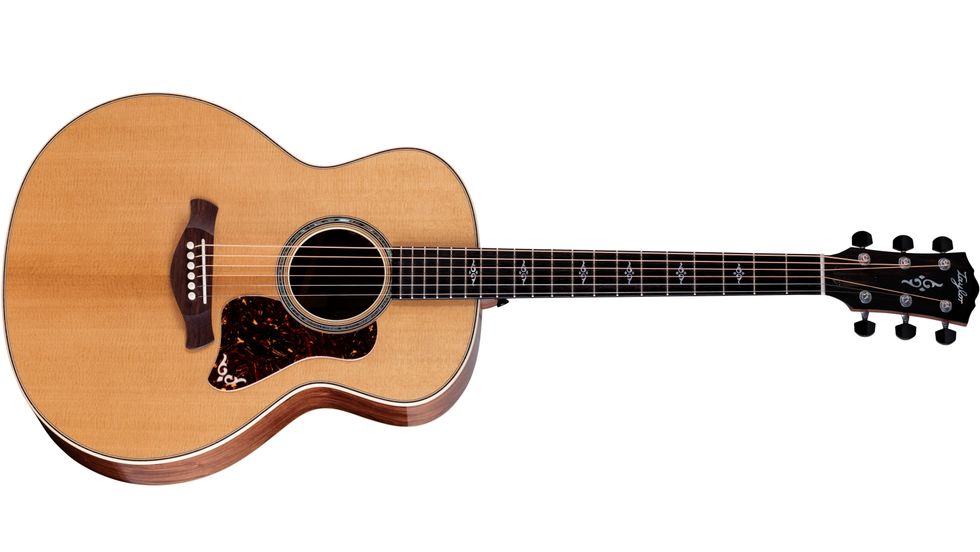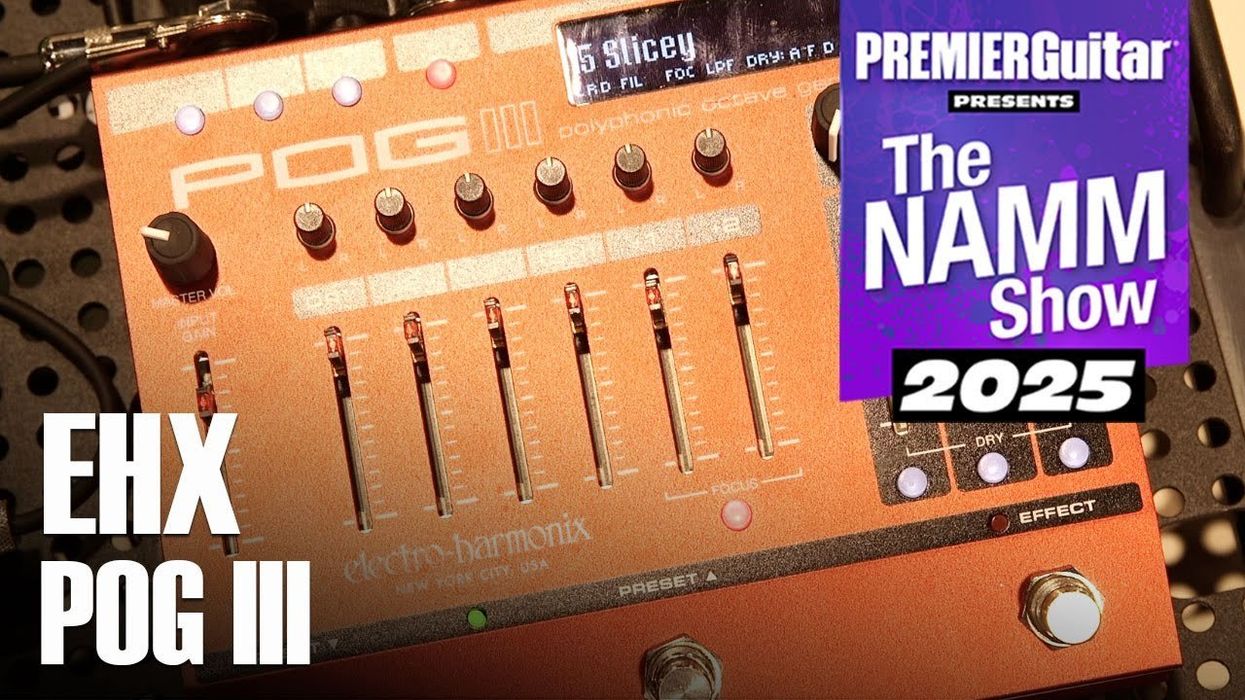Miss our NAMM Videos? We have you covered! See them all here in one place to find your next gear obsession.
B3 Guitars Telstar | NAMM 2022
Master builder Gene Baker talks about his new model that pays tribute to two classic designs.
Learn More: https://www.b3guitars.com/phoenix/
Positive Grid Spark MINI Demo | NAMM 2022
Although the new Spark Mini is extremely portable, it packs a lot of punch and a ton of tech.
Learn More: https://www.positivegrid.com/spark-mini
Earthboard EBII | NAMM 2022
Check out a new way to solve your pedal-power problems using a system that’s powered by rare magnets.
Learn More: https://earthboardmusic.com/shop/ols/products/eartboard-ebii
Blackstar St. James | NAMM 2022
Watch a demo of the British company’s new line that offers quite a punch in a lightweight package.
Learn More: https://blackstaramps.com/stjames/
La Bella Olinto Bass | NAMM 2022
The famed stringmakers launch a new 5-string bass that combines comfort with a classic look and feel.
Learn More: https://www.labella.com/bass/olinto-5-string/
Imperial Electrical Zeppelin | NAMM 2022
Designer Ben Fulton pays homage to two seminal guitar heroes with a pair of amp-in-a-box stomps that cover British arena rock and Sunset Strip sludge.
Learn More: https://www.premierguitar.com/videos/namm/imperial...
Manhattan Prestige Basses | NAMM 2022
Affordability and reliability come together in a new collection of low-end thump machines.
Learn More: https://manhattanprestigebasses.com/instruments/
Seamoon FX Funk Machine & Octatron | NAMM 2022
Legendary bassist Neil Jason unveils a trio of bass-centric pedals that offer grinding distortion, blissful chorus, inventive octaves, and more.
Learn More: https://seamoonfx.com/product/seamoon-funk-machine/
Taylor Guitars 724ce & 722ce Demos | NAMM 2022
After discovering a batch of builder’s-grade Koa, Andy Powers went to work on a new line of instruments that sport an airy sound and an ultra-thin finish.
Learn More: https://www.taylorguitars.com/guitars/acoustic/724ce
Black Volt Amplification Earthcaster | NAMM 2022
Born out of a rustic ethos and old-growth wood, the amp builders show off their new line of guitars.
Learn More: https://blackvoltamplification.com/products/earthc...
Gamechanger Audio Bigsby Pedal | NAMM 2022
Watch how this new collaboration with Fender has made the most extreme Bigsby moves much easier.
Learn More: https://gamechangeraudio.com/shop/bigsby-pedal/
Eastman Guitars Juliet Series | NAMM 2022
Designer Otto D’Ambrosio crafted a new series of offset solidbody guitars that balance a modern aesthetic with vintage vibes.
Learn More: https://www.eastmanguitars.com/electric_solid_body
Audient Evo 16 & iD44MKII | NAMM 2022
A pair of feature-packed interfaces that can cover full-band sessions and at-home demos.
Learn More: https://www.premierguitar.com/videos/namm/audient-...
Vola OZ RV TNC | NAMM 2022
These pure shred machines are sleek, loaded with useful features, and give classic body shapes a modern makeover.
Learn More: https://www.volaguitar.com/product/oz-rv-tnc/
GTRS Intelligent Guitar | NAMM 2022
With dozens of amp, cabs, and effects on board, these tech-heavy instruments offer a boatload of options under the hood.
Learn More: https://www.gtrs.tech/
Eventide Dot9 Pedals - NAMM 2022
Watch how a quartet of highly customizable pedals cover everything from spacious ambient ‘verbs to EVH-inspired micro-pitch delays.
Learn More: https://www.eventideaudio.com/
Dreadbox FX | NAMM 2022
Watch this demo of an interesting take on an otherworldly tremolo.
Learn More: https://www.dreadbox-fx.com/
Godin Guitars | NAMM 2022
The company celebrates its 50th anniversary with a signature model from a Canadian rock legend and a powerhouse HSS-loaded double cutaway.
Learn More: https://godinguitars.com/product/session-r-ht-pro-...
Dophix | NAMM 2022
Dig into a new line of Italian stompboxes that include a versatile tremolo, dead-simple dirt boxes, and more.
Learn More: https://www.dophix.it/
Vega-Trem | NAMM 2022
Check out a demo of a high-tech tremolo and get a sneak peak of a newly designed setup for T-style addicts.
Learn More: https://vegatrem.com/product/vt1-ultra-trem-standa...
ProCo Lil' Rat & Lava Coil Cable Demos | NAMM 2022
The classic sound of a seminal stompbox gets shrunk down into a micro-sized box.
Learn More: https://www.ratdistortion.com/product/625/lil-rat-...
Ernie Ball Music Man Tosin Abasi Kaizen | NAMM 2022
Tosin Abasi shares the backstory on his wildly inventive collaboration with Ernie Ball Music Man.
Learn More: https://blog.music-man.com/news/ernie-ball-music-m...
Martin D-28 Rich Robinson Demo | NAMM 2022
Check out the roots rocker’s new namesake dread, which is an exact copy of his father’s flattop.
Learn More: https://www.martinguitar.com/guitars/D-28-Rich-Rob...
Abasi Concepts ēmi Series Guitars | NAMM 2022
Watch Tosin Abasi shred through the highlights of a trio of new models.
Learn More: https://abasiconcepts.com/
Two Notes Engineering Revolt Series | NAMM 2022
The digitally-focused company goes analog with a new line of tube-driven amp sim pedals for guitar and bass.
Learn More: https://www.two-notes.com/en/revolt-guitar/
Versoul Raya 12 & Swan 4 | NAMM 2022
See how the company took one of their standout models and added a wealth of high-end features including a gold-leaf finish.
Learn More: https://destroyallguitars.com/collections/197-versoul
Paoletti Guitars Stratospheric Loft Series SSS & Nancy Loft Series Demos | NAMM 2022
Watch how a very long legacy of Italian winemaking informed the design of a pair of new guitars.
Learn More: https://www.paolettiguitars.com/guitars/series/sig...
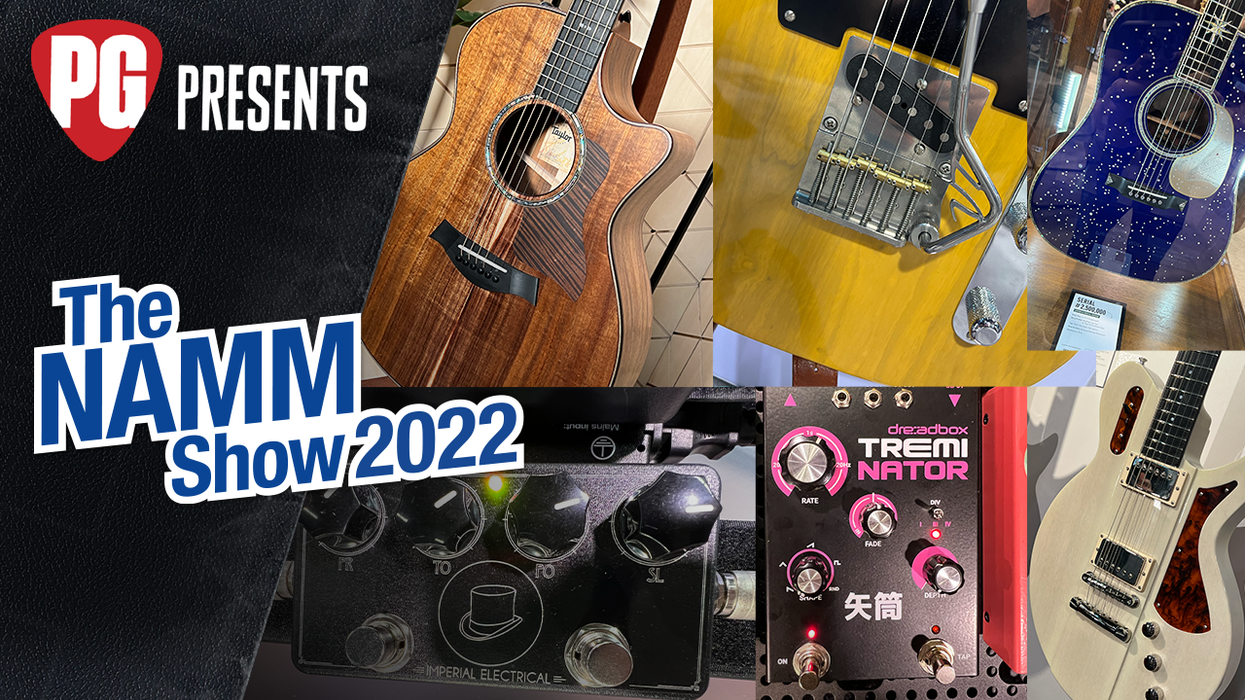
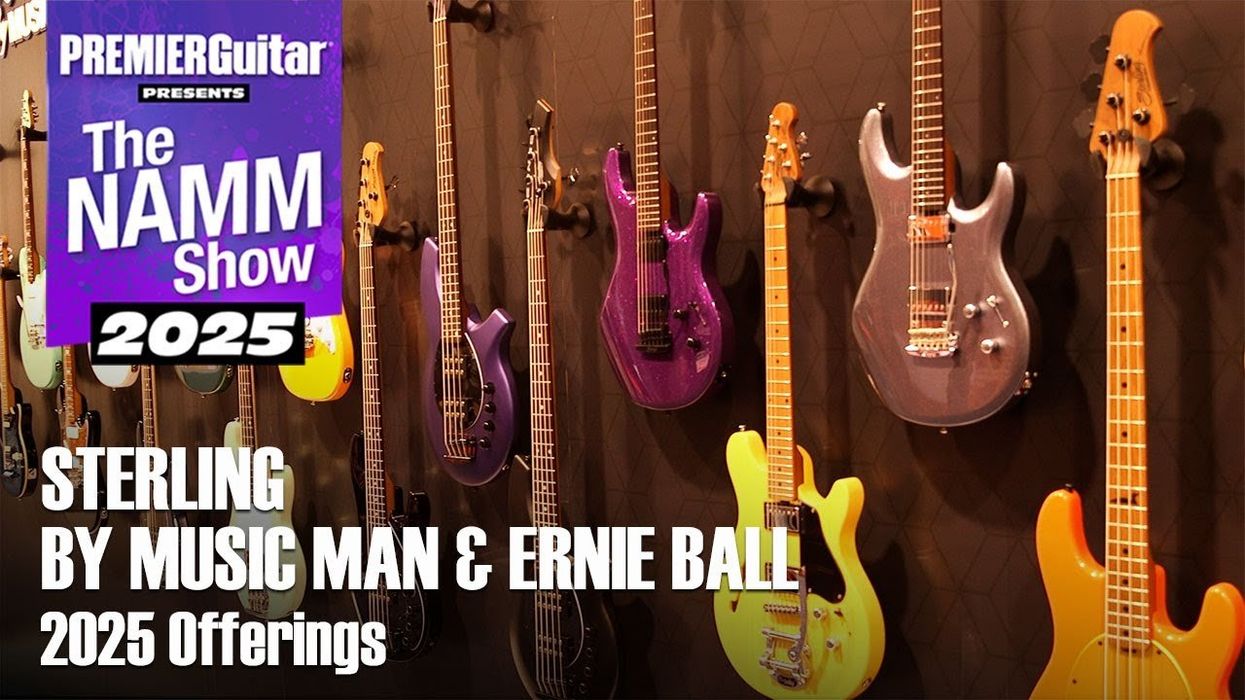

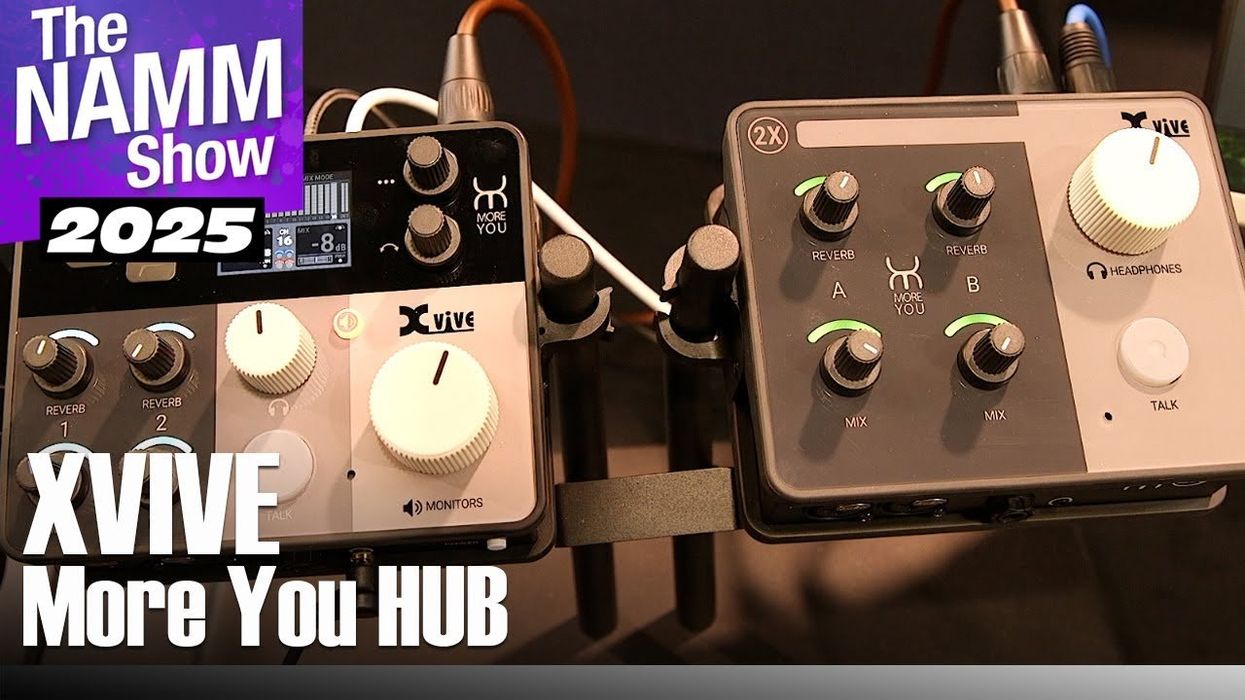
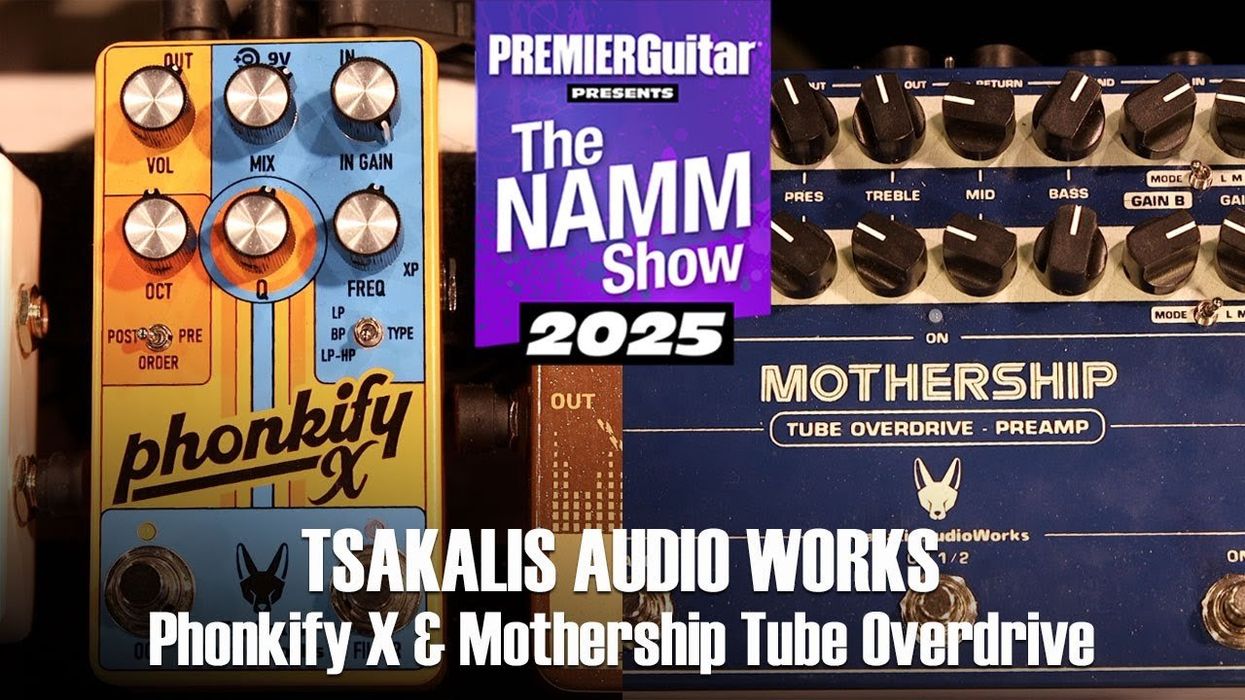
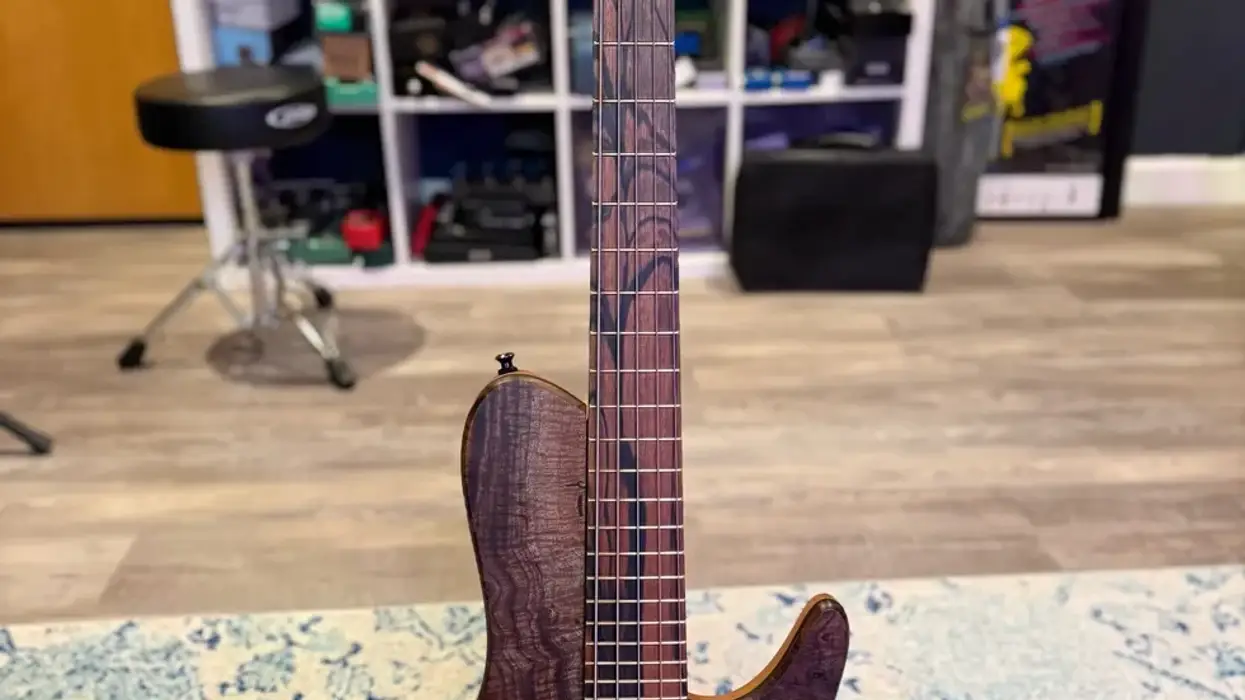

![Rig Rundown: AFI [2025]](https://www.premierguitar.com/media-library/youtube.jpg?id=62064741&width=1245&height=700&quality=70&coordinates=0%2C0%2C0%2C0)
